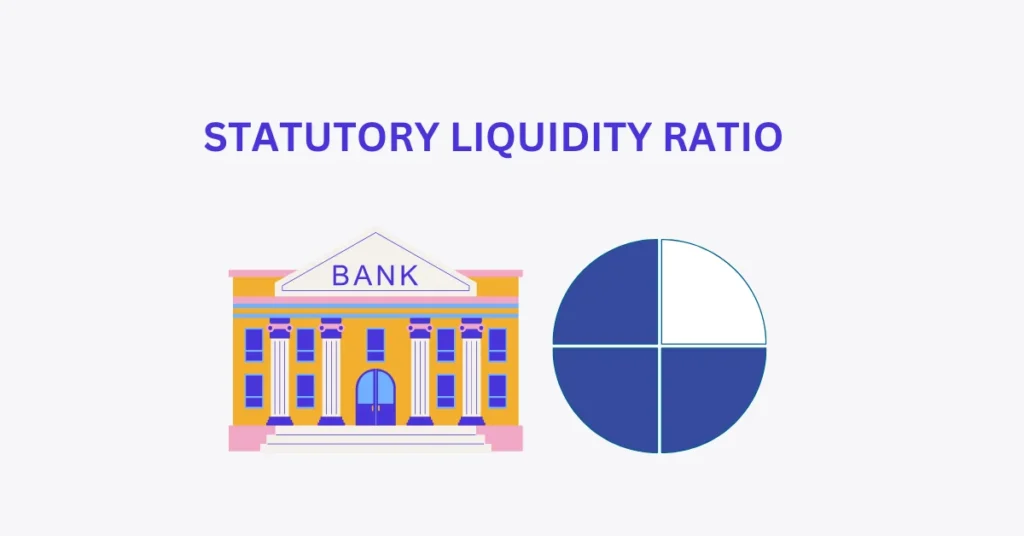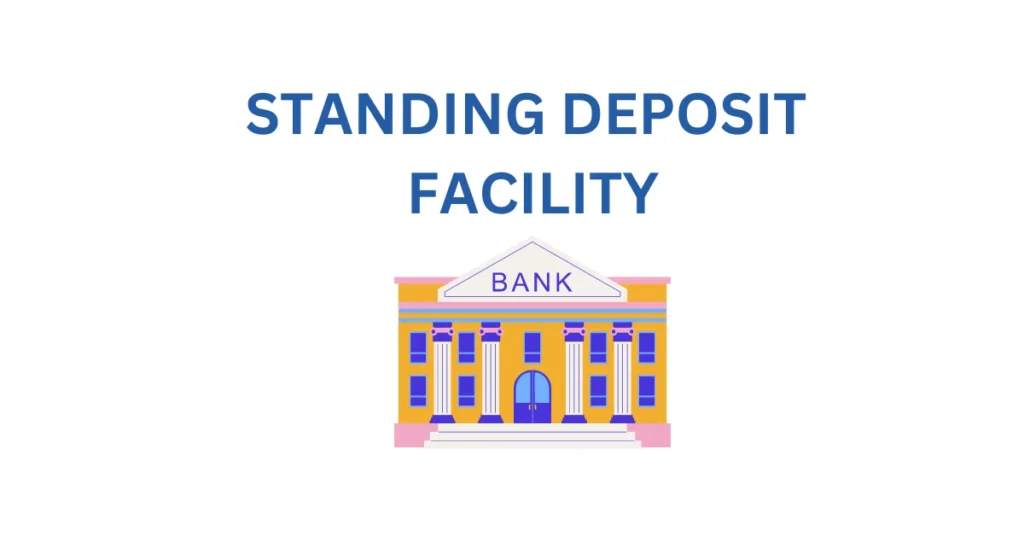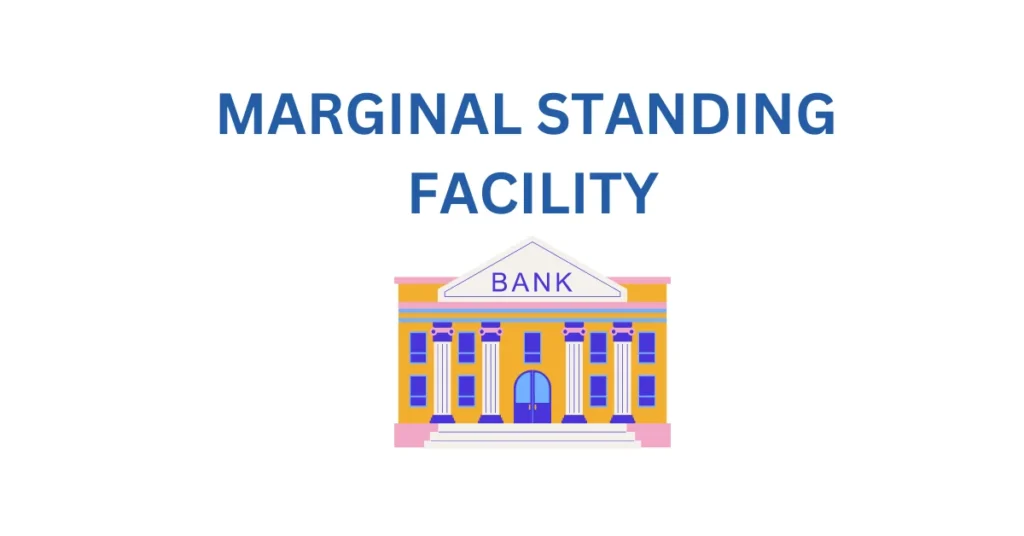The Cash Reserve Ratio (CRR) is a critical tool used by central banks to manage the amount of money circulating in the economy.
By adjusting the CRR, central banks regulate the funds that commercial banks can lend out to borrowers.
When the central bank increases the CRR, it essentially requires commercial banks to keep more of their deposits as reserves, leaving them with less money available for lending.
This reduction in available funds helps in curbing excessive liquidity in the financial system, which can otherwise lead to inflationary pressures.
Conversely, lowering the CRR allows commercial banks to lend out more money, stimulating economic activity through increased credit availability.
MANAGING INFLATION AND GROWTH
In addition to controlling money supply, the CRR also plays a crucial role in managing inflationary pressures and fostering economic growth.
During periods of rising inflation, central banks may opt to raise the CRR to withdraw excess liquidity from the banking system.
By reducing the availability of credit for consumers and investors, this move helps in dampening inflationary tendencies. Conversely, during economic downturns or when inflation is low, central banks may lower the CRR to inject liquidity into the system.
This action aims to encourage borrowing and spending, thereby stimulating economic activity and supporting growth.
KEEPING BANKS STRONG
Another important function of the CRR is to ensure the stability and resilience of the banking sector.
By mandating commercial banks to hold a certain portion of their deposits as reserves, central banks mitigate liquidity risks and reduce the likelihood of bank runs or systemic crises.
This requirement acts as a safeguard, enhancing the solvency of banks and fortifying the overall stability of the financial system.
In essence, the CRR serves as a buffer against unexpected shocks or disruptions that could destabilize the banking sector and have broader repercussions on the economy.
HOW MONETARY POLICY WORKS
The CRR is a crucial component of the transmission mechanism through which changes in monetary policy decisions are transmitted to the broader economy.
When central banks adjust the CRR, it directly affects the cost and availability of credit in the economy.
By influencing borrowing costs, the CRR indirectly impacts consumption, investment, and overall economic activity.
Additionally, changes in the CRR can influence interest rates, exchange rates, and other key macroeconomic variables, allowing central banks to exert control over the direction of economic growth and inflation.
IMPACT ON BANKS AND BUSINESSES
For commercial banks, complying with the CRR requirement involves an opportunity cost, as funds held in reserve do not earn any interest income.
This requirement affects banks profitability and influences their lending behavior.
Changes in the CRR can prompt banks to adjust their lending rates and portfolio allocations, which, in turn, affect the cost of borrowing for businesses and consumers.
Furthermore, fluctuations in the CRR can impact liquidity conditions within the banking system, affecting banks’ ability to meet their funding requirements and manage liquidity risks effectively.
CHALLENGES AND THINGS TO CONSIDER
While the CRR remains a vital tool for monetary policy formulation, its effectiveness is subject to various considerations.
Economic conditions, market dynamics, and the regulatory environment all play a role in determining the impact of changes in the CRR.
Central banks must carefully calibrate adjustments to the CRR to avoid unintended consequences such as liquidity shortages or disruptions to financial intermediation.
Moreover, the effectiveness of the CRR may be limited in economies with deep and liquid financial markets, where changes in reserve requirements may have a muted impact on overall liquidity conditions.
SUMMARY
The Cash Reserve Ratio is a linchpin of monetary policy, with significant implications for controlling money supply, managing inflation, and ensuring the stability of the banking sector.
Central banks utilize the CRR as a powerful instrument to regulate credit expansion, mitigate inflationary pressures, and safeguard financial stability.
Understanding the intricacies of the CRR is crucial for policymakers, bankers, and businesses alike, as it shapes the transmission of monetary policy and influences the broader macroeconomic landscape.
In navigating the complexities of modern finance, the CRR remains a cornerstone of central banking operations, guiding economies toward sustainable growth and stability.







